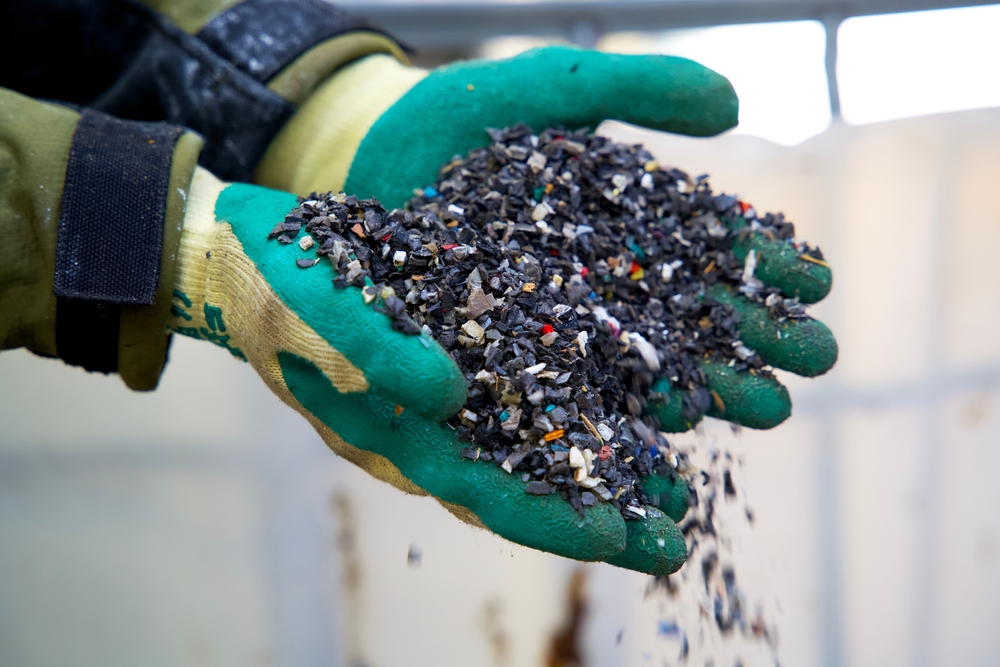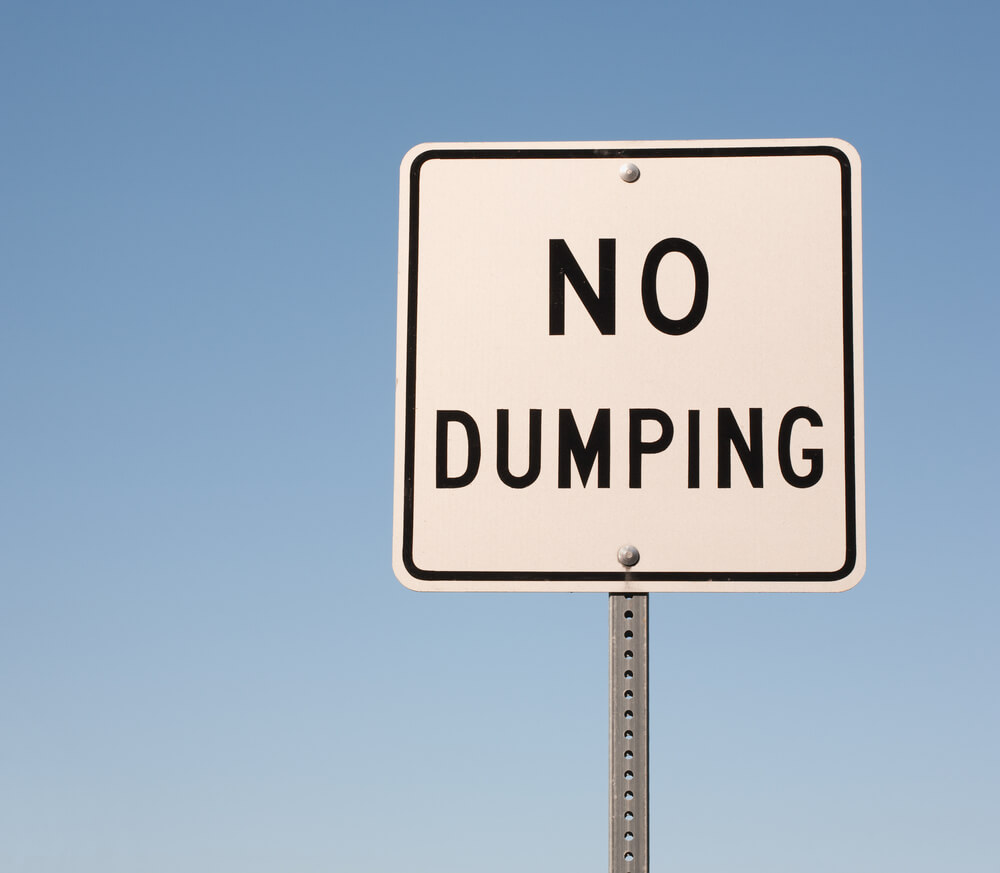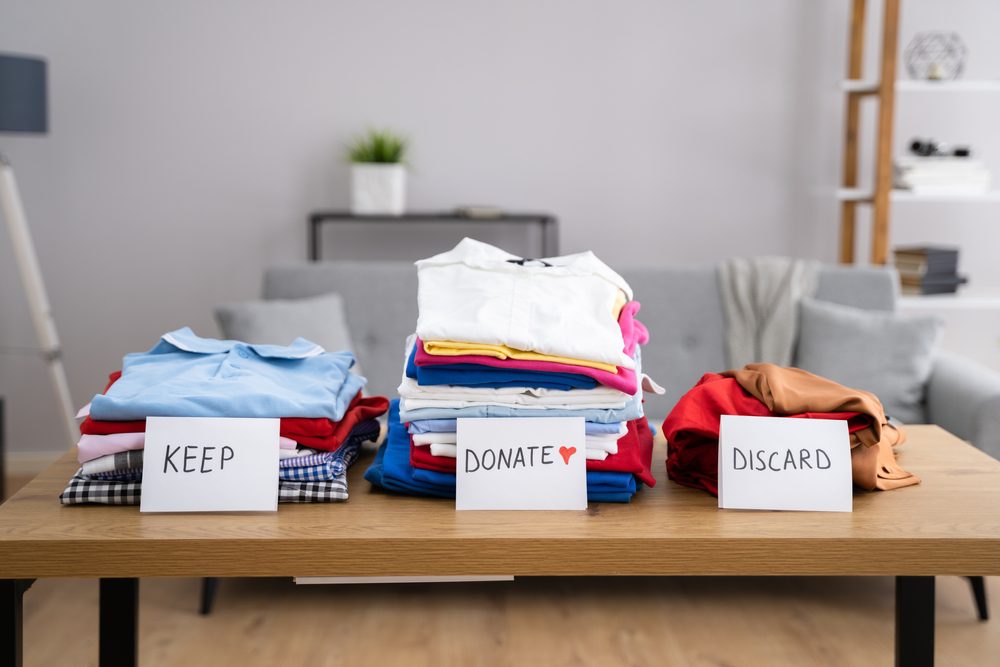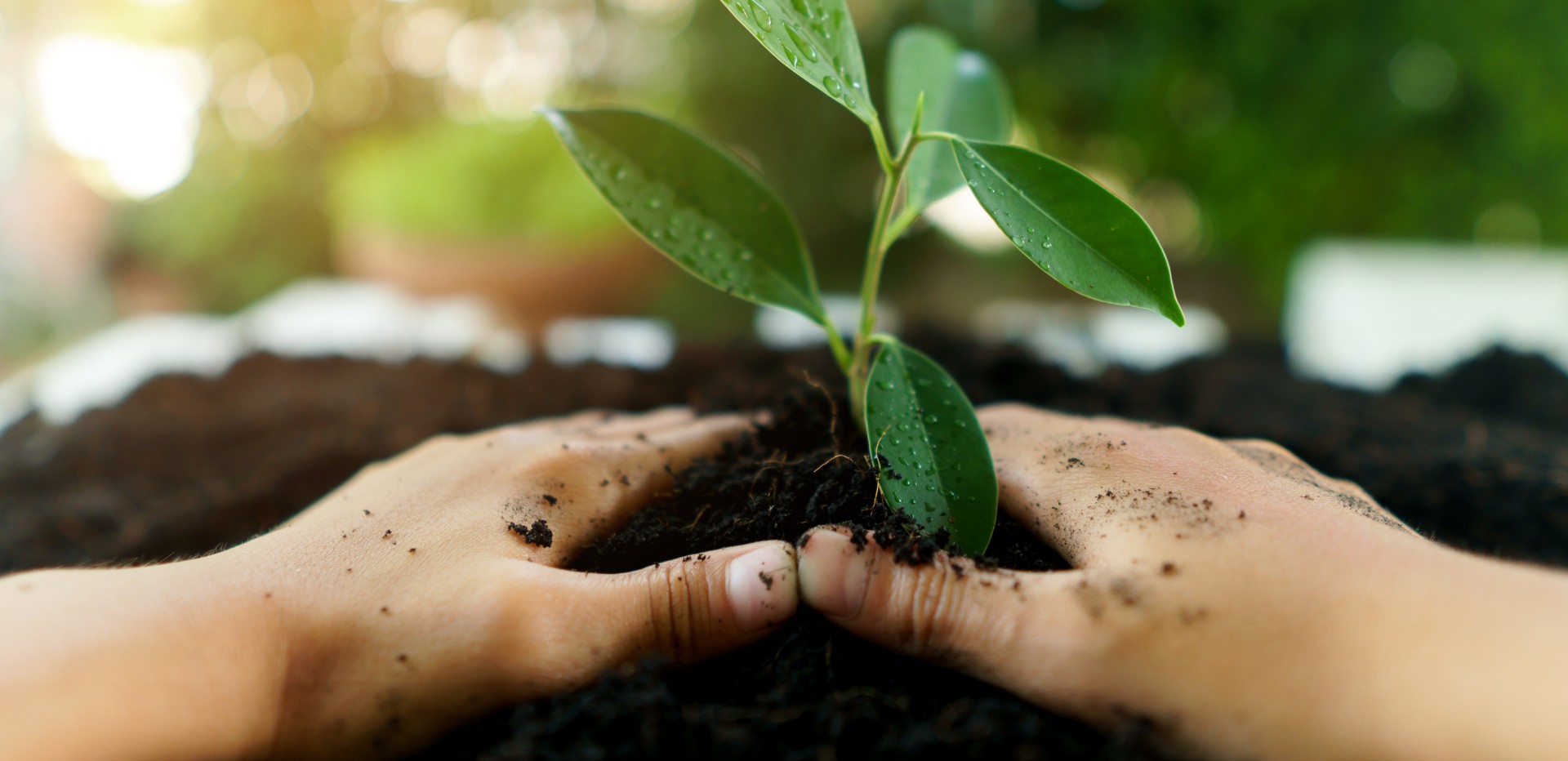Recycling plastics can be a complicated and frustrating process, which is just one reason why the United Nations Environmental Programme estimates that less than 10 percent of the seven billion tons of plastic waste generated globally has been recycled.
While it may feel like the numbers are against us, there’s still a lot of good that each of us can do with a little bit of knowledge on how recycling actually works.
What follows is a general guide to plastic recycling. It provides basic information to help you understand the “ins and outs” of recycling plastic, but one of those “ins and outs” is that what you can and cannot put in your recycle carts is based heavily on what types of plastics your local recycling centers accept. Keep this in mind as you read on and make sure to research your local policies and options.
How can you tell what plastics are recyclable?
When most people are looking to see if something is recyclable, they check the bottom of the product in their hands and search for the recycling triangle made of “chasing arrows.” But, the triangle itself doesn’t indicate that a piece of plastic is recyclable, nor does it imply that the product you’re holding is made from recycled materials. In fact, the use of the chasing arrows symbol isn’t regulated which, as you can guess, leads to a lot of confusion.
To better understand what plastics are recyclable, you’ll need to look at the numbers housed in those recycling triangles. Please keep in mind that even if there is a number, it does not mean the item is necessarily recyclable at your local facility.
What do the recycling numbers on plastic products mean?
The numbers within the recycling triangle are the Resin Identification Code (RIC) system and indicate which of the seven types of plastic resin were used to create a product. Originally devised in 1988 by The Society of the Plastics Industry (now known as the Plastics Industry Association), this system also helps consumers know if and how easily a product can be recycled.
Speaking very generally, products that are labeled with numbers one and two are the easiest to recycle, while the remaining numbers are, for various reasons described below, more complicated.
Recycling numbers explained
Plastic recycling number 1: Polyethylene terephthalate (PET/PETE)
Polyethylene terephthalate is the most commonly recycled plastic. Plastic water bottles, peanut butter jars and cooking oil containers are common examples. While these types of plastics can be recycled back into their original uses, polyethylene terephthalates can also be melted down and spun into fibers for carpets or stuffing for soft items like toys or pillows.
To recycle this type of plastic, you need to rinse any leftover food or debris from your containers. Then, you can toss them in your recycling bin for curbside pickup or take them to your local recycling center, whichever is preferred by your local waste provider.
Plastic recycling number 2: High-density polyethylene (HDPE/PE-HD)
High-density polyethylene is another type of common plastic that’s made from petroleum. You’ll find these plastics at home in the form of shampoo bottles, milk jugs and detergent containers. This type of plastic is relatively easy to recycle and most recycling companies will pick it up with regular recycling. Once it’s been processed, it’s often sold to plastics manufacturers in the form of pellets. It can also be recycled into floor tiles, fencing and writing pens.
Plastic recycling number 3: Polyvinyl chloride (V/PVC)
Polyvinyl chloride, commonly known as PVC, is highly durable and resistant to chemicals, making it an ideal material for plumbing, sewage and agricultural piping. You can also find it in kids’ toys, plastic trays and furniture.
But, this type of plastic is more difficult to recycle and is typically not accepted in normal municipal recycling collections. When PVC is recycled, recycling is typically performed in one of two ways. The first of which, mechanical recycling, works by removing impurities from the PVC and then grinding and melting the plastic granules. The second method is referred to as feedstock recycling, where processing plants convert the vinyl into other chemical components for manufacturing or other uses.
Fun fact: most PVC can be recycled six or seven times, giving recycled PVC products a 600-year lifespan. These materials are then reused for pipes, window profiles and roofing membranes.
Plastic recycling number 4: Low-density polyethylene (LDPE/PE-LD)
Low-density polyethylene, or LDPE, plastics are flexible, odorless, thermoplastic polymers found in items like plastic cling wrap, grocery bags and juice containers. They can be recycled sometimes.
But, despite its recyclability, cities don’t typically accept #4 plastics in household curbside recycling services because plastic bags can get tangled in the recycling machinery and risk damaging the equipment.
Challenges and all, when LDPEs are recycled, they can become new trash bags and packaging films. Check with your local recycling center to see how to recycle plastic bags in your area.
Plastic recycling number 5: Polypropylene (PP)
The plastic containers from many takeout restaurants are often made from plastic #5: polypropylene. This type of plastic appears in a variety of industries for its affordability and beneficial properties, like heat and chemical resistance. Beyond takeout, polypropylene plastics are used in packaging, manufacturing, household appliances and even automobiles.
For years, this type of plastic was only recyclable sometimes, but North American packaging recycling organization How2Recycle deemed polypropylene as “widely recyclable” in 2022. Its post-consumer recycled material can go on to become signal lights, battery cables, brooms, automotive parts and more.
Plastic recycling number 6: Polystyrene (PS)
Polystyrene, a naturally transparent thermoplastic, comes in two forms: solid plastic and rigid foam. Expanded polystyrene (EPS) is the styrofoam or packing peanut-like texture you’re probably more familiar with. This type of plastic has wide applications, from the plastic face on your smoke detector at home to Petri dishes and CD cases.
Unfortunately, polystyrenes are notorious for their inability to biodegrade. So, unsurprisingly, these plastics are not easy to recycle and many city recycling programs will not pick up or process #6 plastics through single-stream household curbside collection services. But, it’s still worth checking if your local area has styrofoam recycling available. If so, make sure your plastic is clean — dirty containers will get thrown in the trash, which is what you’re trying to avoid.
When expanded polystyrenes are recycled, they can’t come back into contact with food containers, but they can become outdoor furniture, roofing tiles and coat hangers.
Plastic recycling number 7: Other resins (Other/O)
Often simply labeled as “Other,” plastic #7 encapsulates all the miscellaneous plastics that don’t fit into the previous six categories. These include polycarbonates, polylactides and nylon, as well as biodegradable plastics.
You’ll find plastic #7 in the form of signs and displays, 3-to-5-gallon water jugs, food containers and bulletproof materials.
Because a wide variety of plastics fall under this category, the recyclability and reuse cases are not standard, but many of them are not for reuse unless they’re labeled with a “PLA” or “compostable” near the RIC code. Some of these plastics can be recycled, but only for a limited amount of time. While plastics in this category are often not recycled, when they are, they may be turned into pipes, plastic timber and outdoor furniture.
7 types of recyclable plastics chart
Some plastic products are a blend of different types of plastic that need different processing methods, so while this chart generally describes the recyclability of each type of plastic, it’s not an absolute guarantee that everything that falls into these categories will be recyclable.
Since the numbering system can cause confusion, TDS has opted not to reference these numbers when indicating what plastics we accept for recycling. Instead, we prefer to point you to the following resources for more concrete information:
- Our What can I recycle? blog
- Our recycling FAQs page
- Our Waste Wizard app
A rule of thumb that you can follow is that hard plastics are acceptable in our recycling stream. If you have questions, you can refer to any of the above resources or call our Customer Care team at (800) 375-8375.
Is recycling plastics worth it?
Plastic consumption has quadrupled in the last 30 years, with global plastic waste generation reaching 353 million tons as of 2019. The amount of plastic waste we produce is the equivalent of one garbage truck dumping a load of trash into the ocean every minute, every day, according to the United Nations. That’s a major problem because plastics, which make up the majority of trash, can take anywhere from 20 to 500 years to decompose in a landfill and the rate of decomposition there is often slower due to the lack of oxygen, sunlight and microbial activity associated with decay. Some plastics may also never fully decompose. Instead, they break down into microplastics which linger in the soil, the ocean and even inside our bodies.
But, in a recent report published by the United Nations, it was found that we could cut plastic pollution 80 percent by 2040 if global leaders and businesses adopt cleaner technologies, policies and market practices. One of the key strategies outlined in the United Nations’ report to counter the legacy of plastic pollution is recycling.
So, yes. Recycling plastics is absolutely worth the trouble. But remember: The three “Rs” of reduce, reuse and recycle are stated in order of “best practices;” reducing plastic creation and use is a greener practice than reuse, which in turn is more effective in the long run than recycling.
How to make recycling plastics in your home or business
We’re making it even easier for you to recycle by giving you an action plan you can adopt and follow in your daily life:
- Research local recycling guidelines: Visit your local municipality or recycling center’s website to find out what items your local recycling MRF will and won’t accept and if there are any restrictions or special accommodations for difficult recyclable materials.
- Create a recycling reference document: Compile the information you’ve found and create a document or spreadsheet that you can set up in your home or office for easy reference. Include a list of recyclable materials, like paper, plastic, glass, metal and any specific guidelines or instructions for pickup, like rinsing empty food containers.
- Identify non-recyclable items: Mark non-recyclable items on your reference document to help you make conscious decisions about what you’re purchasing and seek alternatives where you can.
- Prepare recycling containers: Sign up for curbside recycling services if your city offers them and get the appropriate containers. If your area does not offer this kind of pickup service, invest in a few recycling containers that you can label based on the recyclable you’re putting in, like glass, paper, plastic, etc.
- Educate yourself and others: Stay up-to-date with your city’s waste collection services, methods and drop-off events so you can adapt to any changes or updates to your area’s recycling practices. Then, share your knowledge and recycling plan with friends, family and coworkers so they can make recycling a part of their waste reduction efforts as well.
- Reduce and reuse: Don’t forget that recycling is just one piece of the plastic reduction puzzle, so be sure to opt for reusable products, avoid single-use items and consider composting organic waste to maximize your positive environmental impact.
Recycling Plastics with Texas Disposal Systems
Join Texas Disposal Systems in our mission to transform waste resource management and create a sustainable future with our waste diversion services for both residential and commercial customers.
At TDS, we have state-of-the-art recycling operations at our Materials Recovery Facility (MRF). Processing 20-25 tons of material per hour, we efficiently recycle glass, cardboard, paper, aluminum and plastics recovered from the communities we serve.
You can also visit our Citizens Convenience Center (CCC), located at our Creedmoor facilities, where we provide a safe and accessible disposal site for waste and used items. By sorting and diverting materials to the landfill, Materials Recycling Facility (MRF), or Resale Center, we minimize odors, litter and waste. Ensure compliance with local regulations by properly covering and securing your truck or trailer before entering our facilities. Tarps, nets, blankets, bungee cords and other tie-downs are accepted.
Still asking yourself, “What can I recycle?” If you live in an area that TDS services, you can check out our recycling FAQs for more information, or download our Waste Wizard app to help you sort different types of waste and determine what can be recycled.
Together, we can keep our communities clean and beautiful. Contact us today to explore how your business or family can be part of the solution for a brighter future and a cleaner environment.




